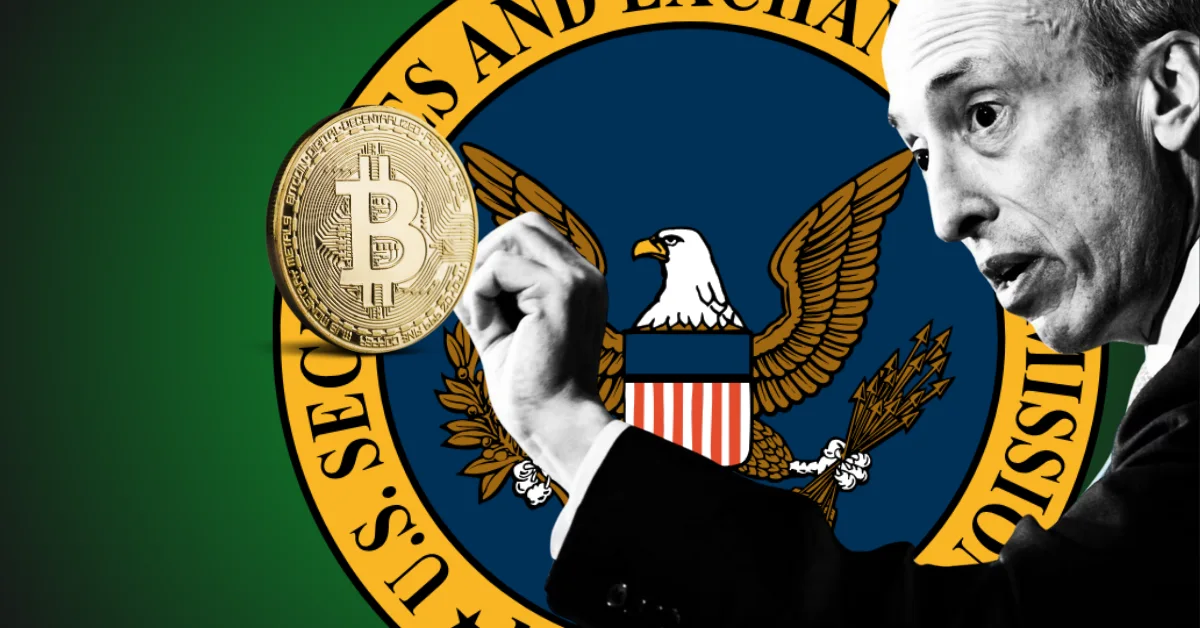The Winds of Change in Crypto Regulation: A New Era Unfolds
The United States cryptocurrency regulatory landscape has shifted dramatically between 2023 and 2025, moving from a rigorous crackdown under SEC Chairman Gary Gensler to a deregulatory momentum led by President Donald Trump’s administration and SEC Chair Paul Atkins. This transformation reflects complex tensions between innovation, investor protection, market confidence, and regulatory philosophy. Exploring these changes offers insight into the evolving nature of governance over digital assets and their broader implications.
The Gensler Era: Tightening the Reins on Crypto
Gary Gensler’s tenure at the SEC marked an era of heightened scrutiny and enforcement. Taking office around 2021, Gensler prioritized bringing cryptocurrencies within the SEC’s regulatory framework, emphasizing investor protection under securities laws. His approach resonated with caution, wary of the rapid growth and potential abuses within decentralized finance (DeFi) and crypto exchanges.
Key dimensions of Gensler’s crackdown included redefining legal terms to extend the SEC’s jurisdiction, such as Rule 3b-16 which targeted DeFi protocols by broadening the definition of “exchange.” Through this legal innovation, the SEC aimed to capture a wider swath of crypto activities under its rulebook. Enforcement actions against prominent crypto firms accused of fraud or securities violations further signaled a no-tolerance approach.
While this regime sought to impose order and accountability, it ignited criticism within the crypto community. Many viewed the stringent controls as stifling innovation and discouraging institutional interest, causing heightened market volatility often linked directly to SEC activity. The narrative was one where compliance cost became an obstacle rather than a facilitator for growth, painting Gensler’s era as cautious but constraining.
Trump’s Deregulatory Pivot: Breathing New Life into Crypto
Donald Trump’s presidential return in early 2025 ushered in a starkly contrasting regulatory zeitgeist. Replacing Gensler with Paul S. Atkins, a known advocate for deregulation and crypto-friendly policies, the administration signaled an embrace of innovation with fewer regulatory hurdles. This pivot was not merely symbolic but manifested in concrete policy reversals.
The rollback of 14 previously proposed SEC rules, including those targeting DeFi and crypto exchanges, dismantled much of the regulatory framework erected under Gensler. Enforcement campaigns were halted, signaling an early end to what had been years of intensified scrutiny. Instead, the new leadership fostered an environment intended to encourage experimentation and market access, promoting a more permissive ecosystem for digital assets.
The market responded enthusiastically. Bitcoin’s value surged by around 40% following the election, reflecting revived investor optimism fueled by expectations of lighter regulatory burdens. This market behavior underscored the profound influence regulatory direction exerts on crypto asset performance and confidence.
Impact on Industry Innovation and Market Dynamics
The regulatory U-turn brought a marked shift across several dimensions of the crypto space:
– Innovation Encouraged: Eased rules unlocked opportunities for DeFi platforms and crypto exchanges to expand and innovate without constant regulatory apprehension. This fostered a climate ripe for creative financial products and services.
– Positive Market Sentiment: Investor enthusiasm surged, with asset prices and token launches buoyed by the deregulatory climate. The market’s ability to rally swiftly after policy changes highlights the sensitivity of crypto prices to regulatory signals.
– Legal Disruptions: Ongoing litigation involving the SEC saw procedural holds, reflecting uncertainty and reorientation in enforcement priorities under new leadership.
– Mixed Industry Responses: While many welcomed regulatory freedom, concerns grew about potential unchecked risks, fraud, and market manipulation, underscoring the challenge of balancing innovation with safeguarding.
– Shift in Enforcement Philosophy: The lighter-touch governance signaled by Paul Atkins marks a departure from enforcement-first tactics and embraces collaborative oversight, at least for now.
Striking a Balance: Innovation Meets Investor Protection
The deregulation wave revives growth prospects but rekindles age-old concerns over consumer protection. Gensler’s tenure addressed fraud, abuse, and lack of guardrails but arguably at a cost to market vibrancy. The Trump administration’s easing enables rapid advancement but may expose investors to heightened risk in a complex, often opaque industry.
Finding an equilibrium remains critical. The abrupt scrapping of multiple rules introduces questions about regulatory consistency and durability. Sustainable crypto growth demands frameworks that adapt intelligently to evolving technologies and market realities while ensuring transparency and trust.
Looking Forward: A Complex, Uncharted Frontier
The recent regulatory shift underlines an enduring tension in governance: fostering innovation without relinquishing oversight. The transition from Gary Gensler’s rigorous SEC to Paul Atkins’ deregulatory stance epitomizes contrasting visions of how to manage digital assets within a legal system still grappling with foundational questions about crypto’s nature.
For the US crypto industry, this moment opens doors for reinvention, investment, and expansion. However, stakeholders must remain alert to emerging risks inherent in rapid change. Regulators and market participants alike face the challenge of crafting durable policies that nurture growth while protecting investors and preserving market integrity.
This evolving regulatory narrative is a reminder that crypto regulation is not static but subject to political, economic, and technological winds. The unfolding chapter promises excitement and uncertainty alike—defining how digital finance integrates with broader economic ecosystems in the years ahead.

